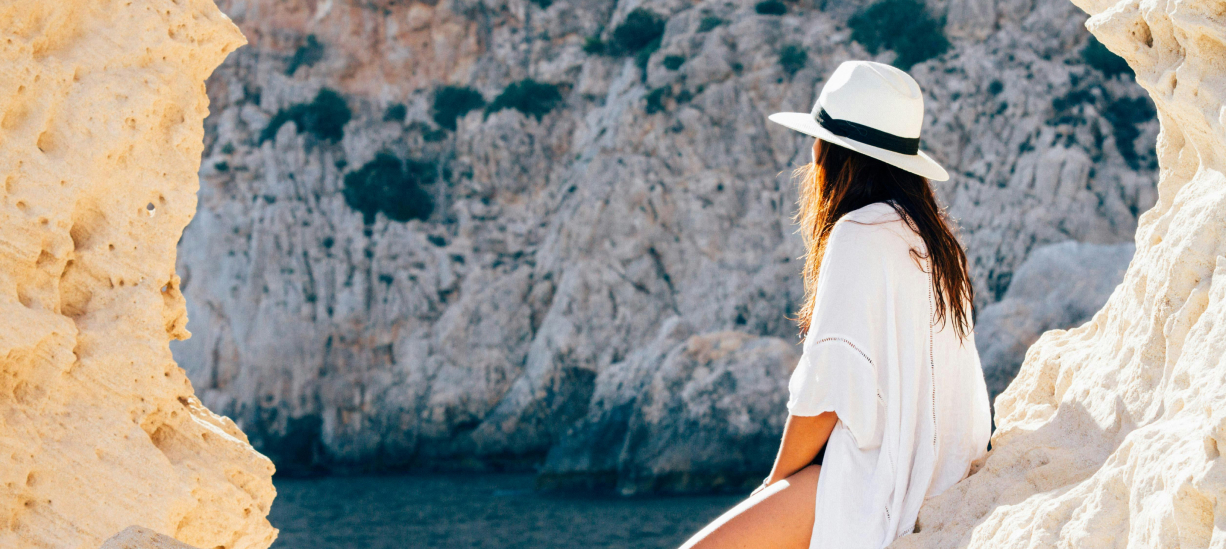

In the age of instant digital sharing and viral content, travellers seem to be embracing a more…exposed way of commemorating their journeys. The trend of shedding clothes at iconic landmarks has gained momentum, fuelled by social media platforms and websites dedicated to celebrating these bare adventures. From the ancient ruins of Machu Picchu to the majestic peak of Mount Everest, tourists are choosing to capture and share moments of nudity in some of the world’s most revered places. Yet, what might seem like a spontaneous act of freedom can quickly become a cultural faux pas—or worse, a legal nightmare.
The trend has not been without its controversies. Sacred sites like Machu Picchu and Mount Kinabalu have become unwilling stages for such displays, leading to arrests and intense backlash from local communities. The consequences of these actions have ranged from legal troubles for the individuals involved to being blamed for natural disasters, as was the case with the unfortunate earthquake that struck Malaysia shortly after tourists disrobed atop Mount Kinabalu. These incidents underscore the delicate balance between personal expression and respect for local customs and beliefs.
Embarking on a journey to explore new cultures and landscapes carries with it a responsibility to be mindful of the places and people we encounter. While the idea of connecting with nature or celebrating the human form in its most natural state might appeal to some, it’s crucial to remember that not all spaces are appropriate for such expressions. Sites of historical, cultural, or spiritual significance require a heightened level of respect and sensitivity. What might be considered liberating or artistic from one perspective can be viewed as disrespectful or offensive from another.


Beyond cultural considerations, there are legal implications to bear in mind. Laws regarding nudity vary greatly from one country to another, and what might be permissible in one locale could lead to fines, imprisonment, or worse in another. Before disrobing in a foreign land, it’s essential to research and understand the local laws and customs to avoid unintended consequences.
There’s a time and a place for everything—including taking naked selfies. The key is to exercise good judgment and ensure that any such endeavours are undertaken in settings where they are appropriate and legal. Numerous nudist beaches and resorts around the world cater to those looking to experience freedom from clothing in a respectful and accepted manner. Opting for these venues not only ensures that travellers can express themselves freely but also that they do so without offending local sensibilities or breaking the law.
In the quest for memorable travel experiences, it’s important to tread carefully when it comes to nudity. The allure of capturing a daring photo should never overshadow the need for respect, sensitivity, and legality. By choosing the right moments and places to bare all, travellers can avoid the pitfalls that have ensnared others and ensure that their adventures remain positive and respectful of the diverse cultures and places they visit. In the end, the world is vast and full of opportunities to explore—clothed or otherwise—without crossing boundaries of decorum or legality.